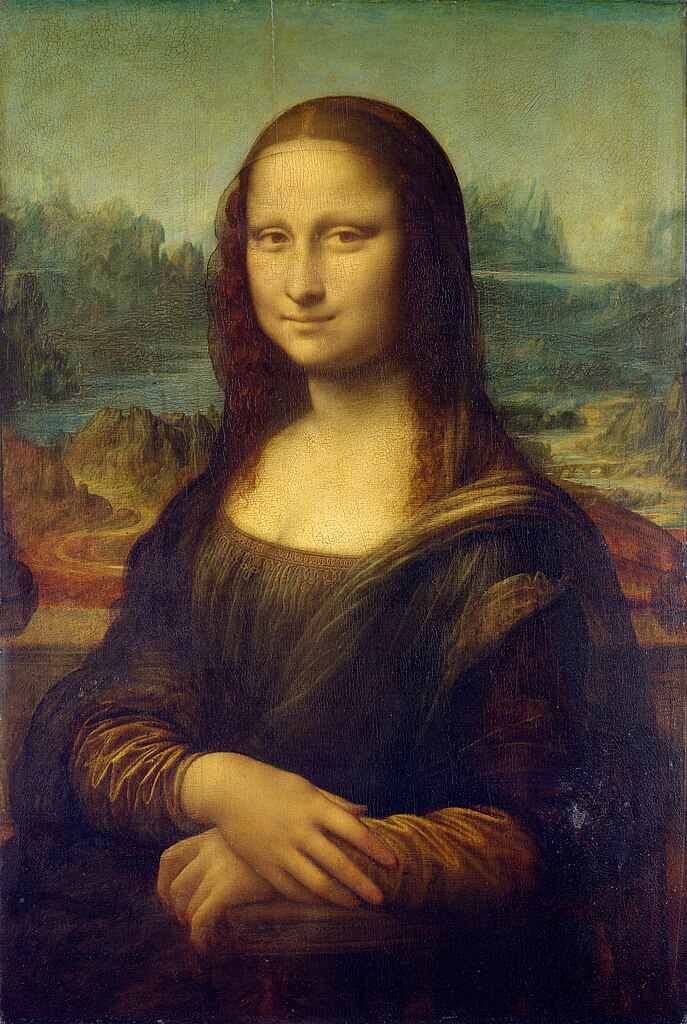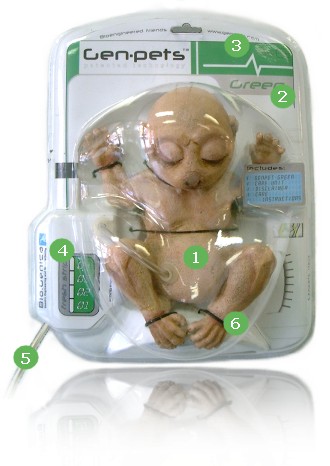When I walked into Gareth Walsh’s exhibition, I was honestly extremely confused and at lost for words for what exactly the art was trying to portray. It just seemed like a random sequence of people in suits reciting notes on three screens. As I blankly stared at what seemed like nothing, Walsh begin to explain his piece and how it came to be.
Utilizing real time date, the three screens flash video clips of actors, portraying corporate executives, singing a variation of the notes do, re, mi, fa, so, la, ti, do. Each note was assigned a numerical value of increase or decrease which mirrored the way in which the stock market value was increasing or decreasing. The first four keys were values below zero and the last four keys were values above zero. Pitch also played a role in depicting the variation of the fluctuation. Essentially, Walsh displayed stock market fluctuations through musical notes.
According to Walsh, he received his inspiration from the economic recession of 2009. This piece was created to try and make sense of all the madness during that time. Walsh’s use of computer science to create a work of art that relays a message to its viewers ties in the main theme of this class of C.P. Snow’s idea of “The Third Culture.”
Works Cited:
"CNSI Special Lectures." CNSI UCLA. n.d. Web. 19 Nov 2013. <http://www1.cnsi.ucla.edu/events/event-category-view?category_id=174172>
"Dow Jones." Dow Jones. n.d. Web. 18 Nov 2013. <http://www.dowjones.com/>
"Gareth Walsh." garethwalsh.com. n.d. Web. 19 Nov 2013. <http://gareth-walsh.com/>
"Market Overview." CNN Money. n.d. Web. 19 Nov 2013. <http://money.cnn.com/data/markets/>
"Stocks Basics." Investopedia. n.d. Web. 18 Nov 2013. <http://www.investopedia.com/university/stocks/stocks3.asp>










